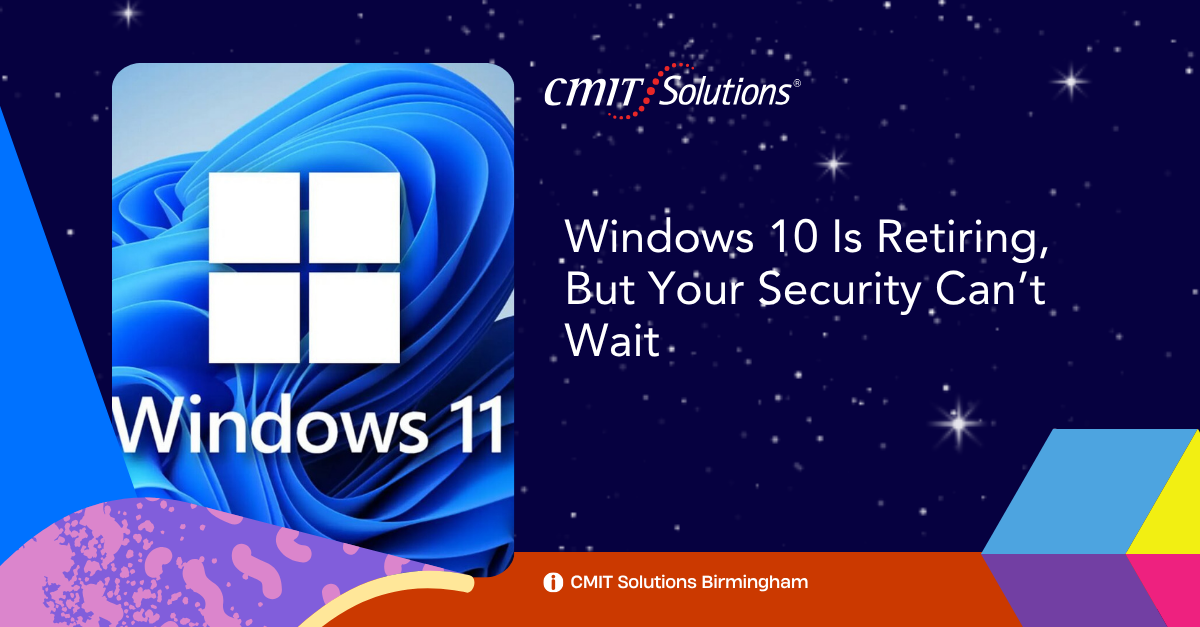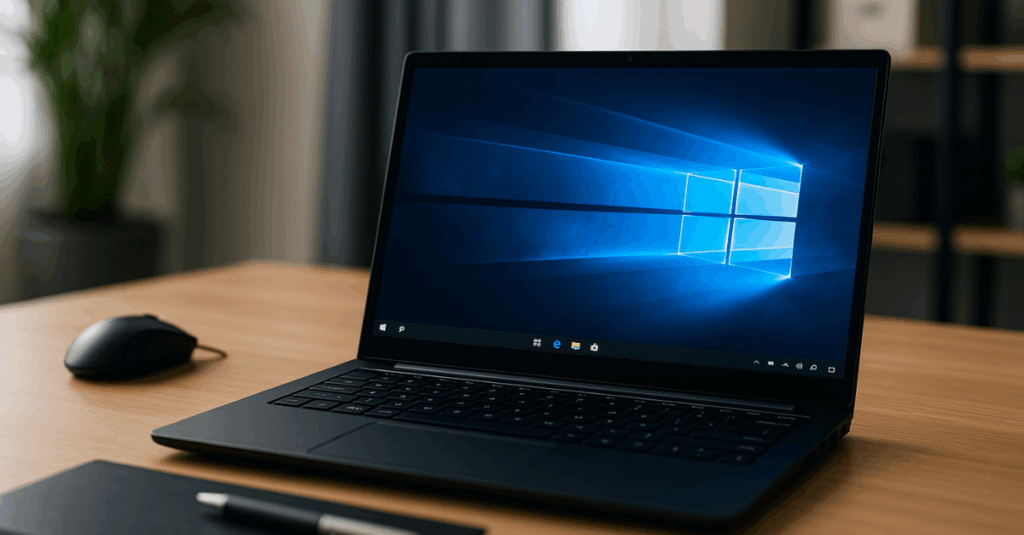What Is Windows 10?
Released in July 2015, Windows 10 quickly became one of the most widely adopted operating systems in the world. Designed as a unifying platform across desktops, laptops, tablets, and even embedded devices, Windows 10 marked a turning point for Microsoft. It introduced features like the Start Menu revival, Cortana, virtual desktops, and integration with Microsoft Edge as the default browser, which began replacing Internet Explorer source. Microsoft originally positioned it as the last version of Windows, opting for rolling updates over major new releases. However, the growing demands for security, cloud integration, and better hardware optimization led to the eventual development and release of Windows 11.
Windows 10 became essential for businesses due to its compatibility with legacy applications and widespread industry tools. Its long-term support and stability made it the go-to operating system across sectors such as healthcare, finance, education, and government.
Why Is Microsoft Retiring Windows 10?
Despite its popularity, Windows 10 has a defined lifecycle. Microsoft announced that support for Windows 10 will end on October 14, 2025. After this date, there will be no more security patches, feature updates, or technical assistance. The move reflects Microsoft’s commitment to advancing modern computing experiences through platforms that support AI, advanced security protocols, and optimized hardware.
This transition aligns with the company’s broader vision for Windows 11, which provides a more seamless and secure experience. You can find more details about Microsoft’s roadmap for Windows by visiting the Windows 11 Release Information page. Business owners should recognize that this shift isn’t just a software change but a signal to modernize digital infrastructure.
Key reasons for the retirement include:
- The need for stronger, hardware-based security capabilities.
- Enhanced performance demands of modern applications.
- Microsoft’s shift to a cloud-first, AI-driven ecosystem.
- Increased focus on productivity tools like Microsoft 365 and Teams.
After Windows 10 reaches its end-of-life phase, businesses that continue to use it will face growing risks. Without security updates, machines running Windows 10 will become increasingly vulnerable to cyber threats, malware, and ransomware. These security holes can become gateways for attackers, especially in small and mid-sized businesses that may lack sophisticated threat detection tools.
Beyond security, compliance will be a serious concern. Industries with regulatory standards, such as finance or healthcare, could face penalties for operating unsupported software. Application developers will eventually drop support for Windows 10 as well, creating compatibility issues that interrupt workflows and require workarounds.
The longer businesses wait to upgrade, the more they risk technical debt and exposure to costly breaches. It’s critical to start evaluating upgrade paths now to avoid these challenges.
Here’s what to expect post-retirement:
- No more security patches or bug fixes from Microsoft.
- Incompatibility with new hardware and software.
- Increased costs from managing outdated systems.
- Legal and regulatory compliance challenges.
What Is Windows 11 and How Is It Different from Windows 10?
Windows 11, released in October 2021, builds on the foundation of Windows 10 but introduces several innovations tailored for the modern work environment. It offers a redesigned interface with a centered Start Menu, rounded corners, and new iconography for a more modern look. But its true advancements lie under the hood.
Security is at the forefront of Windows 11. Features like TPM 2.0, Secure Boot, and hardware-based isolation are now mandatory, offering protection against firmware-level attacks. These features aren’t just cosmetic; they’re designed to support a zero-trust model of security, which is vital in today’s cyber landscape.
For teams working in hybrid or remote setups, Windows 11 enhances productivity through features like Snap Layouts, multiple desktops, and deep Microsoft Teams integration. Compatibility with Android apps and improvements in multitasking make it an ideal upgrade for businesses seeking operational efficiency. You can determine your device’s readiness using Microsoft’s PC Health Check Tool.
Core differences include:
- Built-in Microsoft Teams integration.
- Improved multitasking with Snap Layouts and virtual desktops.
- Streamlined user interface for easier navigation.
- Higher hardware requirements to enable security and performance improvements.
Should Business Owners Switch to Windows 11 Now?
The simple answer is yes—but with a plan. Upgrading to Windows 11 isn’t just about access to new features; it’s about maintaining a secure, compliant, and optimized work environment. By migrating now, businesses can ensure continuity while taking advantage of new tools that enhance remote work and team collaboration.
Security is a major driver here. Windows 11 is built for modern threats, offering native protections against ransomware, phishing, and firmware-level attacks. Compliance also becomes more manageable with built-in security and audit features.
Furthermore, Microsoft Edge has fully replaced Internet Explorer, offering better performance and security source. Businesses that upgrade early are better positioned to navigate this change with fewer compatibility issues.
Benefits of switching now:
- Get extended support and updates through 2031.
- Ensure software and device compatibility.
- Improve system performance and reduce IT maintenance.
- Prepare your workforce for future digital transformation.
Conclusion
The retirement of Windows 10 is not merely a software update—it marks a major shift in how businesses must approach IT infrastructure and cybersecurity. As support ends in 2025, companies still relying on this platform will face growing threats, compatibility issues, and mounting compliance risks.
Windows 11 represents a forward-looking solution that combines enhanced security, performance, and modern features geared toward hybrid work. Its implementation may require upfront planning and investment, but the benefits—ranging from better system protection to productivity gains—are well worth the effort.
Now is the time to take action. Evaluate your hardware, begin planning your upgrade, and leverage tools like Microsoft’s PC Health Check Tool to assess readiness. With the right strategy and support, you can transition smoothly and position your business for long-term success in a secure and modern digital landscape.
Don’t wait until the final deadline approaches—begin your migration to Windows 11 today and stay ahead of the curve.







